Tools in Your Pocket
A practical guide to surviving the Toddler and Pre-school years, Part Two.
We pick up where we left off in Part One with a guest post written by Sharyn Timerman from The Early Years. Here are some more “tools” for you to use when dealing with a toddler or preschooler:
Realistic Goals
- Expecting a child to clean up the whole room will not ensure success. It is okay to come alongside her and do it together. A 2 year old will respond well to a simple request like this one: “Can you come down from the table by yourself or do you need help”. Many 2 year olds will come down by themselves and if they don’t, you simply say “I see you need some help” and you take them down. This certainly is a physical stage.
Validate Their Emotions
- This takes away 50% of their “angst”. “I know you want a 4th cookie they are delicious.” It is okay that they express anger, you have still set the limit. Let them know that their feelings are important too. “You really want that toy, it is a fabulous toy but he was playing with it. You need to wait until it is your turn”.
Arouse Empathy
- “Look at his face, he’s so sad because he wasn’t finished with that toy”. “Look at her arm where you hit her, it’s all red. See her face, she looks really sad, she’s crying”. “Look at my face, I’m so happy because you slept the whole night!” Showing a child how their behavior has an impact on the world around them is a powerful tool. Whether positive or negative, you will be teaching them about their own abilities to make a difference.
Focus on the Positive:
- “Catch your child doing good”. This is essential and different from praise. Praise is when they’ve accomplished something that we clearly expect from them. We praise kids for good report cards, we praise them for swimming well, or for helping with the dishes. “Catching him doing good” means you will point out why he is special to you. “Your smile helps me have a better morning.” “You’re the kind of boy that eats so well at the table , it helps me cook better”. You are an amazing brother, when you gave her that picture, it made her feel really good”. It’s catching him in everyday moments, the small stuff .
Role Model
- Role Model: Set a positive example. Be a “truth keeper” and respond to another’s distress the way you would want your child to respond. Showing is more effective than telling.
Many of us struggle from time to time when dealing with our toddler or preschooler’s behavior. But this list of tools can be an effective way to help communicate with our little ones in a way that is respectful to all people involved. A special thanks to Sharyn Timerman for writing this fantastic blog post for us!
About Sharyn
Sharyn Timerman is Founder and Owner of The Early Years Family Development Centre Inc. Created in 1996, Sharyn specializes in the understanding of Early childhood behaviors. She works with young children in the home, staff training in the daycare system, private counseling for parents, evening seminars for couples, and a variety of workshops known as “Tools in your pocket”. She is a facilitator for women’s groups.
Sharyn is a faculty member of the Family Sleep Institute providing continuing education in the understanding of developmental stages of young children. In August 2012, entering into a new partnership, “The Parenting Toolbox” was formed providing more services to the community and beyond, reaching other parts of Canada and the United States. Sharyn received her degree in Early Childhood Education from Vanier College, Montreal, Quebec while raising 3 children with her husband.
Share Your Comments With Us!
Did you find this article helpful or do you have some of your own ‘tools’ that you find are effective and yet respectful? Share with us in the comments below!


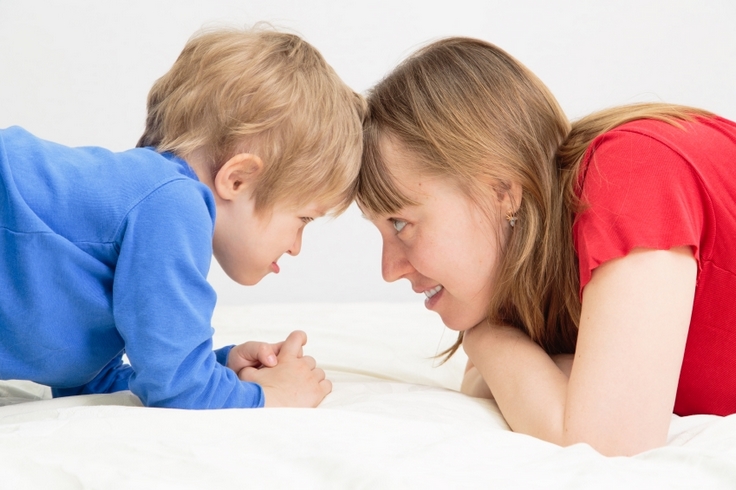

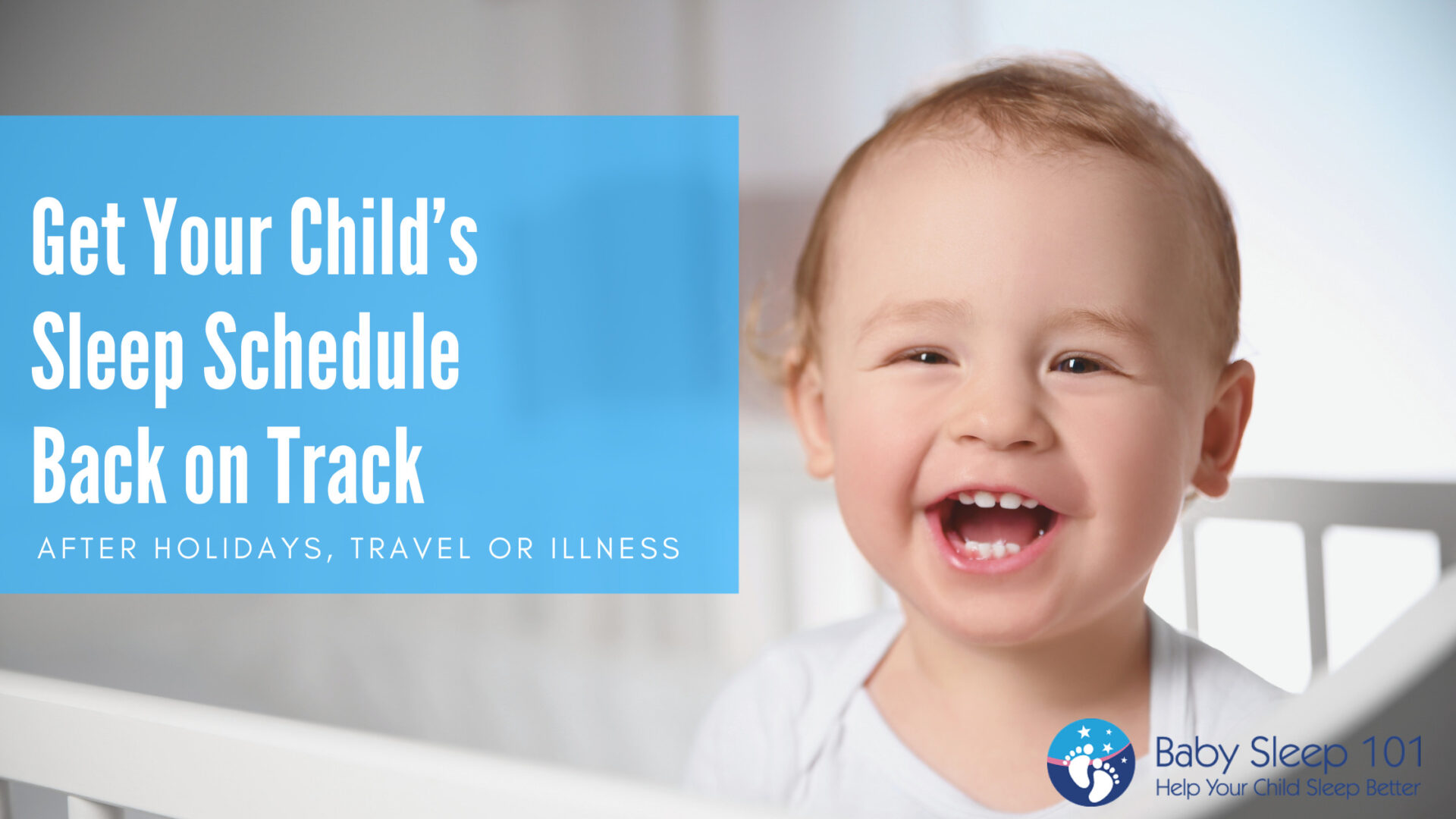
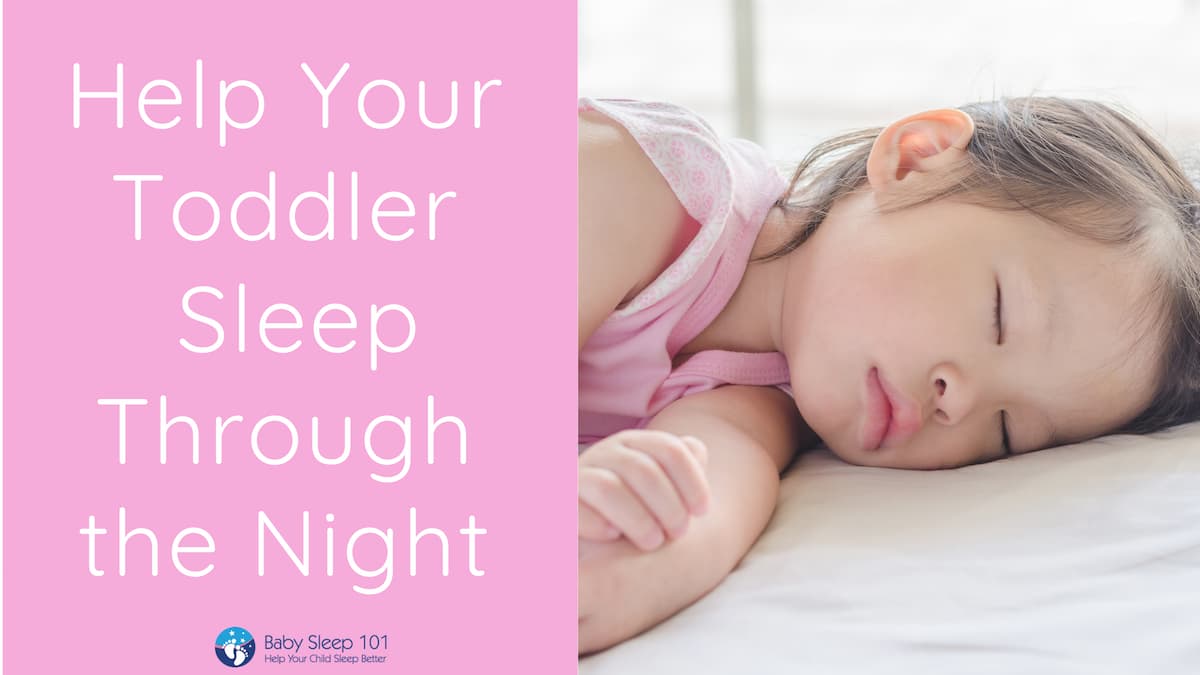

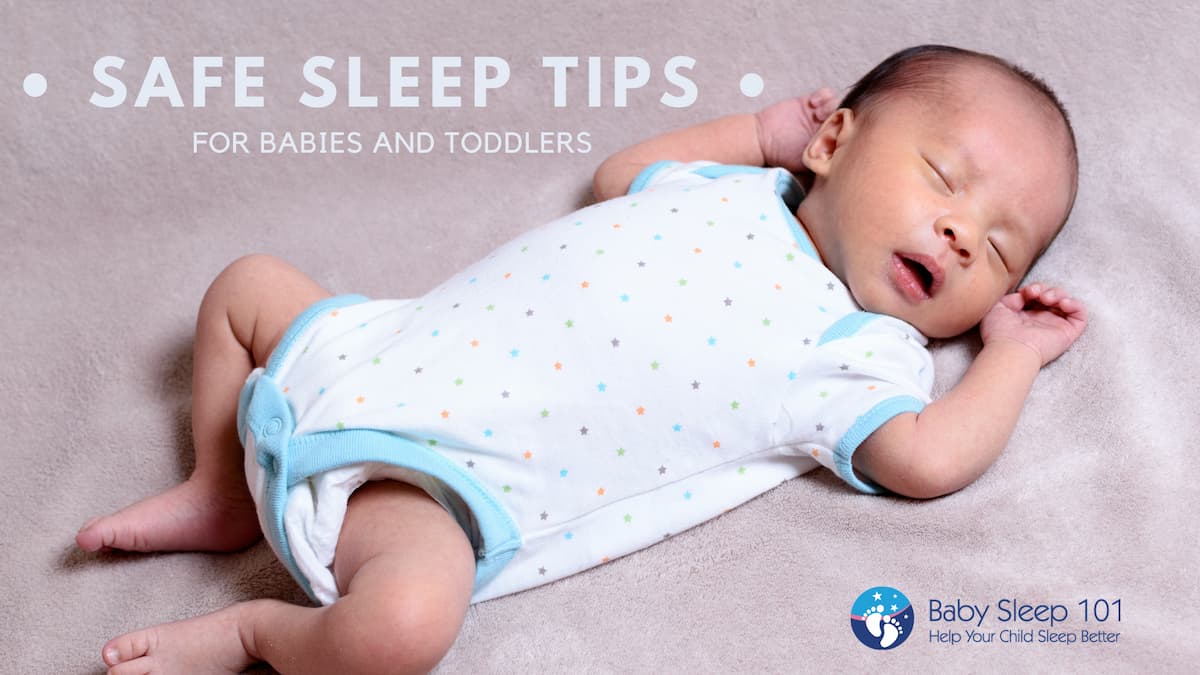
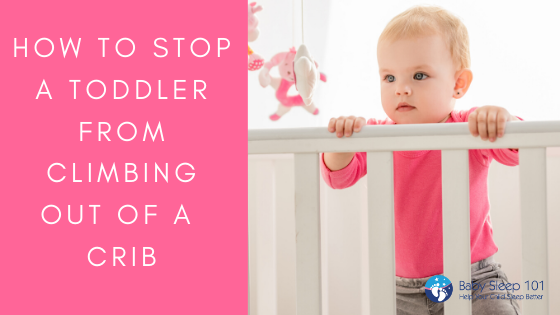
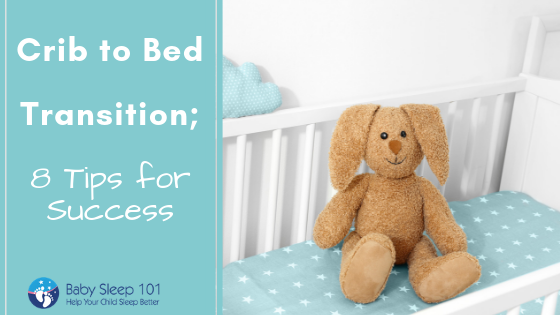

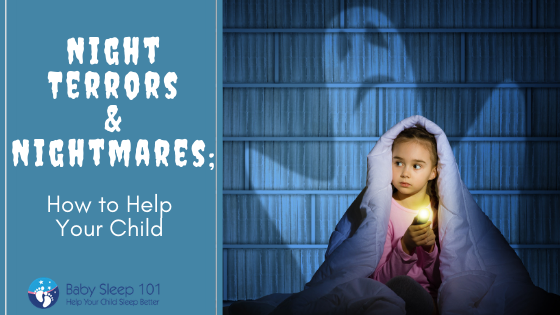


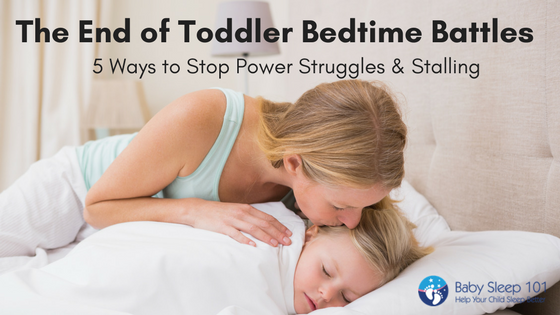
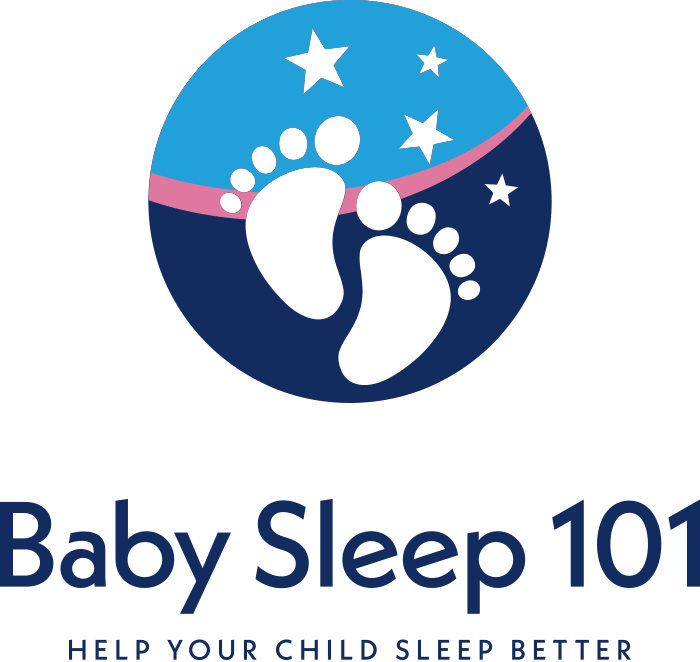
[…] me to share my expertise with her community and parents. This article was originally posted here on Baby Sleep […]